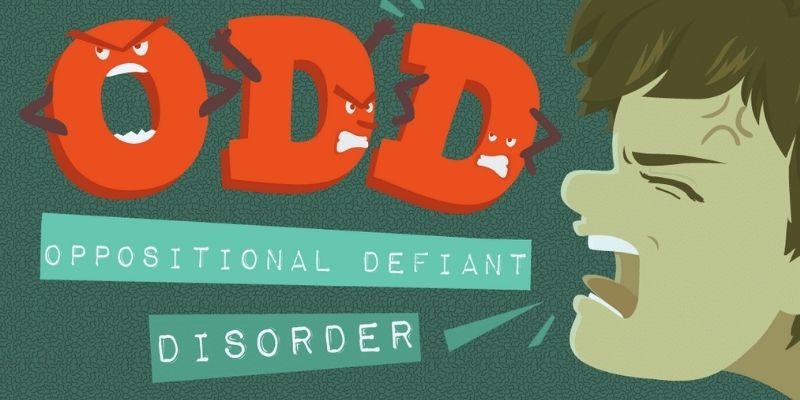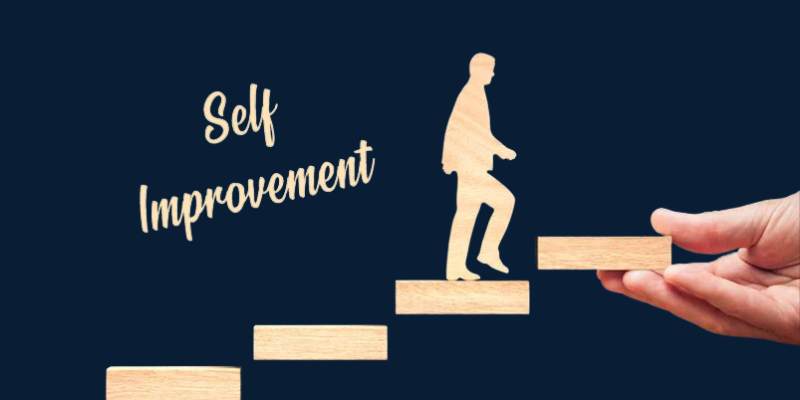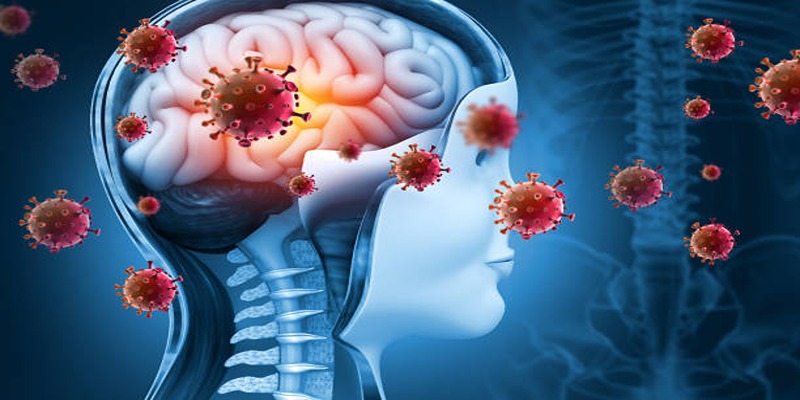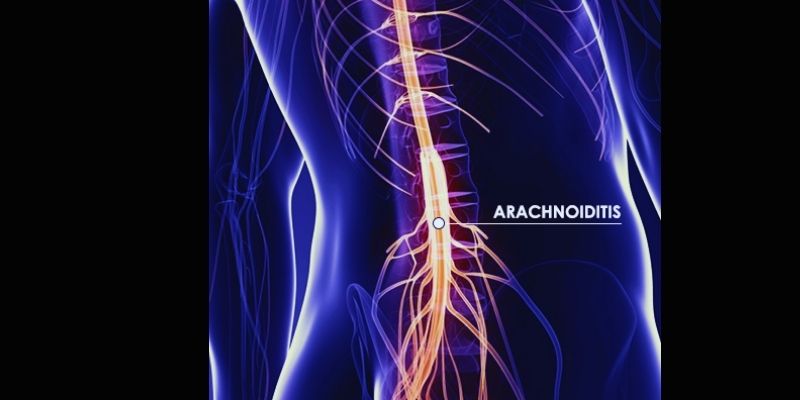Autism Spectrum Disorder (ASD) is a developmental disorder that influences communication, behavior, and social interaction. The early identification of its signs is important to give timely support and intervention. Through this guide, we will identify common signs of ASD, touch on the value of early diagnosis, and present resources for families who need support.
What is Autism Spectrum Disorder?
Autism Spectrum Disorder (ASD) is a multifaceted neurodevelopmental disorder with challenges in social communication, repetitive behaviors, and limited interests. The use of the word "spectrum" is used to represent the extensive array of abilities and difficulties people with ASD can have since it impacts each individual uniquely. While some will need great support to manage daily life, others can live very independent lives with exceptional strengths and abilities.
Importance of Early Recognition

Early detection of ASD is key to the provision of support for individuals to succeed. Early identification of signs of the disorder in a child's formative years enables early intervention, which greatly enhances the social, behavioral, and communication skill outcomes.
Evidence-based treatments, learning approaches, and support systems for families implemented at an early stage can have a significant difference in the capacity of a child to learn, develop, and adapt to different areas of life. Early detection also allows families to reach out to sources of assistance and create a support mechanism best for their child.
Common Signs and Symptoms
Early identification of autism spectrum disorder often relies on recognizing key signs and symptoms. These indicators may vary in intensity and presentation across individuals, making it vital to observe consistent patterns of behavior over time. Below are some common signs, each explored in detail:
Poor Eye Contact
Children with poor eye contact may struggle to maintain direct gaze during interactions, often looking away or seeming distracted. This can stem from difficulty processing social cues or discomfort in social settings. For children on the autism spectrum, avoiding eye contact may help reduce sensory overwhelm or anxiety.
However, limited eye contact can affect their ability to build interpersonal connections, as it’s often seen as key to communication and trust. Addressing this through therapies or social skills training can support their development and interaction.
Delayed Speech and Language Skills
Speech and language delays are common in autism and can vary widely. Children may have a limited vocabulary, struggle with sentences, or repeat phrases out of context (echolalia). Some may rely on nonverbal communication, like gestures or pointing, to express themselves. These delays can lead to frustration and make it harder for children to share their thoughts and emotions.
Speech therapy and tailored interventions can help build communication skills, boosting confidence and reducing barriers to interaction.
Repetitive Behaviors
Repetitive behaviors, such as hand-flapping, rocking, spinning, or repeating phrases, are common in autism. These behaviors often help manage anxiety, sensory overload, or uncertainty. For example, a child might rock to self-soothe in overwhelming situations. While these behaviors can provide comfort and predictability, they may limit engagement with new experiences.
Caregivers and therapists can encourage exploring new activities while respecting the individual’s need for these coping strategies.
Difficulty with Social Interactions
Difficulty with social interactions is a key trait of autism, often making it hard to build and maintain relationships. Children may struggle to understand nonverbal cues like facial expressions, body language, or tone of voice, which are essential for grasping others' emotions and intentions. They may also find reciprocal conversations challenging, often focusing on their own interests without engaging others.
These difficulties can lead to isolation and misunderstandings for both the child and those around them. Social skills training, role-playing, and patient guidance can help children feel more confident in social situations.
Restricted Interests
A strong focus on specific subjects or activities is another common sign of autism. These interests can be highly detailed and intense, often taking up much of the child’s time and attention. For instance, a child might memorize facts about trains, dinosaurs, or astronomy and spend hours on that topic.
While these passions highlight a child’s knowledge and enthusiasm, they may limit their willingness to explore other activities or connect with peers who don’t share the same interests. With support, these focused interests can foster learning and social connections with others who have similar passions.
Sensory Sensitivities
Many children with autism have unique sensory sensitivities, which can vary from heightened to reduced. Loud noises, bright lights, certain textures, or strong smells may feel overwhelming. For example, a child might cover their ears at loud sounds or avoid certain clothing because of the texture. Others may seek sensory input, like touching surfaces or repetitive motions. Understanding these sensitivities is key to creating comfortable environments, such as using noise-canceling headphones, dimming lights, or providing sensory tools like fidget toys.
Preferring to Play Alone

Many children with autism prefer solitary play. They may seem uninterested in connecting with peers or joining group activities, often due to challenges with social skills, not a lack of desire. They may struggle to understand the rules of play or how to join conversations and games.
Playing alone can offer a sense of control in an unpredictable social world. Early intervention programs can help build social and play skills, giving children tools to connect with others and form meaningful relationships.
Diagnosing Autism Spectrum Disorder
Healthcare professionals play a vital role in the identification and diagnosis of Autism Spectrum Disorder (ASD). Pediatricians, psychologists, psychiatrists, and speech-language pathologists are often part of a multidisciplinary team involved in evaluating a child. Their expertise helps in observing developmental milestones, identifying behavioral patterns, and conducting assessments that guide diagnosis. Early collaboration among these professionals ensures a more holistic understanding of a child's needs, allowing for tailored interventions.
Assessment Tools and Methods
Diagnosing ASD involves a range of evidence-based tools and methods. Here are some commonly used approaches:
- Screening tools: Modified Checklist for Autism in Toddlers (M-CHAT) and Social Communication Questionnaire (SCQ).
- Comprehensive assessments: Autism Diagnostic Observation Schedule (ADOS) and Autism Diagnostic Interview-Revised (ADI-R).
- Additional methods: Observations, caregiver interviews, and developmental history.
Conclusion
Recognizing early signs of Autism Spectrum Disorder (ASD) is crucial for timely intervention and support. Early diagnosis allows access to therapies that improve communication, social skills, and development. With proper evaluation and a personalized approach, children with ASD can build on strengths and overcome challenges. By fostering awareness and support, we can create inclusive environments where individuals with autism thrive.












